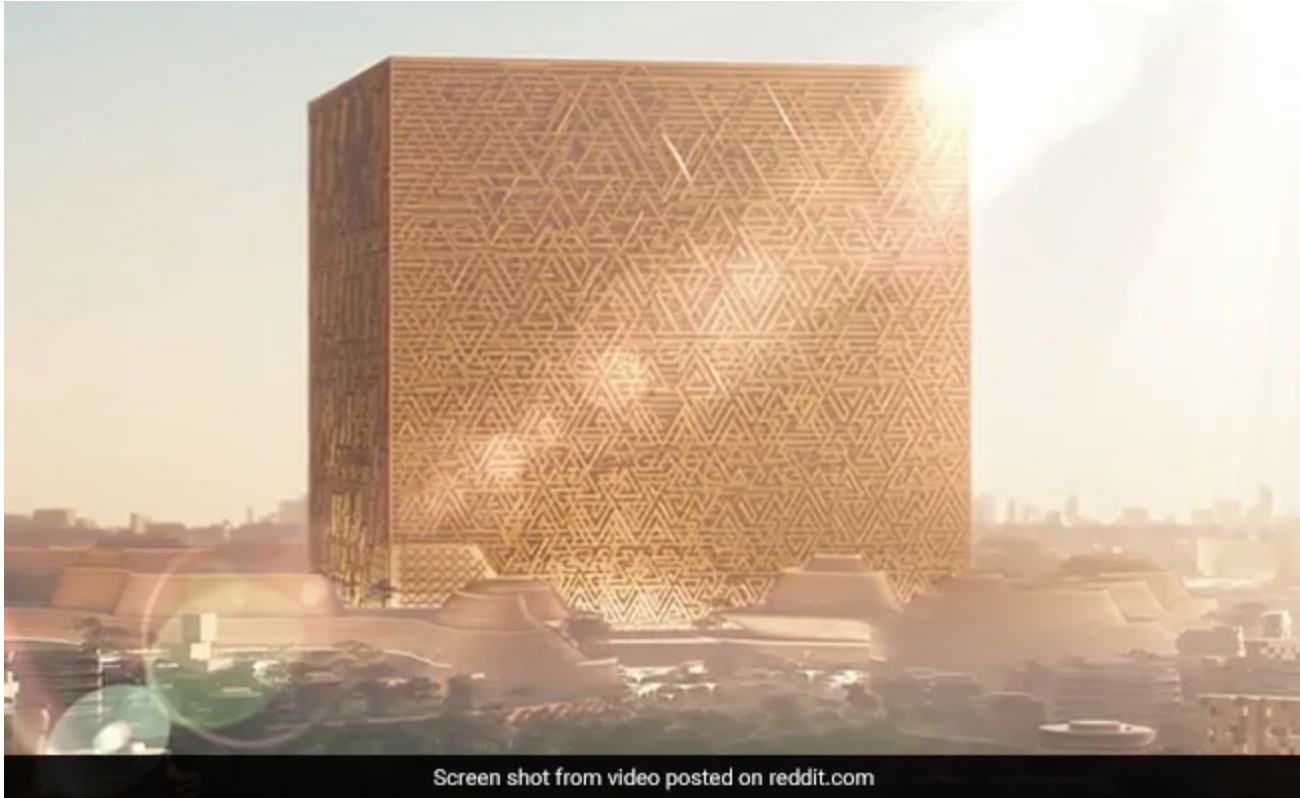Saudi Arabia is undertaking an ambitious project to develop its capital, Riyadh, into one of the most livable cities on earth. Spearheaded by Crown Prince Mohammed bin Salman, the new downtown, “New Murabba,” is meant to expand the capital by 19 square kilometers and is set to accommodate hundreds of thousands of residents. The heart of the project is the “Mukaab,” a massive cube 400 meters high, 400 meters wide and 400 meters long that will have an immersive experience of landscapes changing from outer space to green vistas. The project is slated to be completed by 2030 and will feature holographic technology offering a new reality to consumers, recreational facilities, hotels, residential units, museums, a technology and design university, and more than 80 entertainment and cultural venues. The structure will have its own transport system and will be a 20-minute drive from the airport.
The Push for Development and Diversification
Saudi Arabia is pushing for new narratives of being a country of development and one that can build futuristic cities. The country is diversifying its economy away from oil and shedding its image as a conservative, closed-off state. However, the kingdom has serious regional competition from neighboring Dubai and the Qatari capital, Doha, both of which have tried to position themselves as regional tourism and investment hubs.
Challenges Ahead
Some analysts question whether the project will come to fruition, as Saudi Arabia has announced similar mega projects in the past that have been slow to develop. In 2021, MBS announced the $500 billion futuristic Neom city in the northwest of the country, with promises of robot maids, flying taxis, and a giant artificial moon. In 2022, the kingdom announced a $800 billion plan to double the size of the capital in the next decade, as well as transform it into a cultural and economic hub for the region. There are also concerns about the financing of the project and whether the kingdom can gather enough funding to fulfill its ambitions.
Criticisms of the New Murabba Project
While the New Murabba project in Riyadh, Saudi Arabia promises to be a groundbreaking development that could transform the city into one of the most livable places on earth, it also faces a number of potential challenges and criticisms.
One major concern is the sheer scale and cost of the project. According to reports, the New Murabba will have more than 25 million square kilometers of floor area, making it one of the largest urban developments in the world. This raises questions about how it will be financed and whether the Saudi government can afford to see the project through to completion.
Another challenge is the potential impact on the environment. Critics have pointed out that the New Murabba project will require significant amounts of resources, including water and energy, to construct and maintain. There are also concerns about the potential impact on local ecosystems and wildlife, particularly if the project involves significant land reclamation or other forms of environmental disruption.
Additionally, there are concerns about the social and cultural impact of the project. Some have criticized the project for being too focused on technology and futuristic design, at the expense of more traditional cultural elements. There are also concerns about how the project will impact local communities, particularly those who may be displaced by the development or who may not have access to the project’s amenities.
Transforming the Capital into Futuristic City
The New Murabba project in Riyadh, Saudi Arabia, aims to transform the city into one of the most livable cities on Earth. Spearheaded by Crown Prince Mohammed bin Salman, the project will expand the capital by 19 square kilometers to accommodate hundreds of thousands of residents. The Mukaab will be the centerpiece of the new downtown core of the city, which will include a museum, a technology and design university, a multipurpose theater, more than 80 entertainment and cultural venues, 104,000 residential units, 9,000 hotel rooms, 980,000 square meters of retail space, 1.4 million square meters of office space, 620,000 square meters of leisure assets, and 1.8 million square meters of community facilities. The project is set to be completed by 2030, and its implementation is thought to represent the country’s diversification efforts away from oil and shed its image as a conservative, closed-off state.

